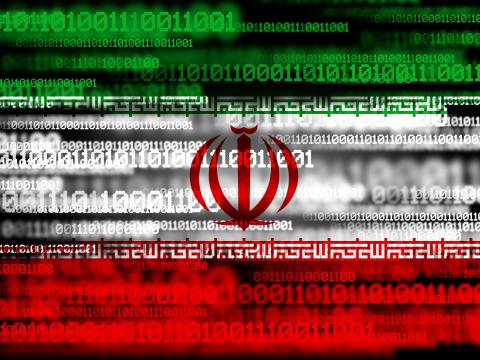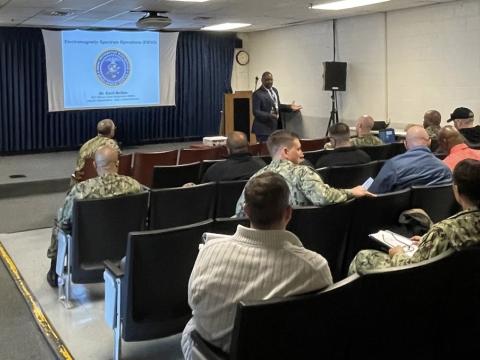Special Operations Offers Defensewide Lessons
The U.S. Quadrennial Defense Review and the fiscal year 2007 defense budget submission were noteworthy for their focus on special operations forces. Both documents called for increased emphasis on small, highly trained, mobile units in the ongoing global war on terrorism. Our success in ridding
But their usefulness in the war on terrorism is only part of the influence that special operations forces can have today. In this time of transformation to network-centric operations, special operations forces can serve as a template for some changes in the entire defense information technology community.
The first truly joint force in the
One of the outcomes of the hostage rescue effort that continues to set special operations forces apart from the rest of the military community is the approach to acquisition. The special operations community has a true joint force approach that takes advantage of the acquisition system in each of the services. But where there are unique requirements for collaboration and communications, special operations forces’ combatant command—the Special Operations Command (SOCOM)—can purchase tools that are unique to their mission.
I am not suggesting a total departure from service Title 10 responsibilities. But I do suggest that the SOCOM acquisition policy could be adapted by the U.S. Defense Department for a significant amount of the total obligational authority for service information technology. This would need to be done carefully to avoid jeopardizing the ability of future command and control tools to operate in service-unique environments. But, nonetheless, it would increase interoperability and decrease development/procurement time.
Each of the services has an enormous acquisition infrastructure that resists change, especially when it involves losing some amount of acquisition authority. The services also have large investments in their requirements development process, which often has failed in the deployment of joint tools and technologies. It usually falls victim to requirements creep.
A sterling example is the Joint Tactical Radio System (JTRS), which has suffered from the joint approach that defines it. Incorporating three waveforms and all of the related requirements resulted in a convoluted piece of hardware that satisfied none of the original objectives. So, it was back to the drawing board and the creation of a truly joint program executive officer (PEO) reporting directly to the Office of the Secretary of Defense to start all over.
On the other hand, the special operations forces acquisition policy not only streamlines procurement but also pushes back on requirements creep. Joint programs in the greater Defense Department with an individual service as executive agent (EA) tend to add requirements based on individual service needs or environments—the proverbial horse becomes a camel. With fewer staff officers viewing requirements and controlling creep, special operations forces remain focused on the desired capability. When they want a horse, they get a horse.
The services exist to man, train and equip. Service-unique missions usually will necessitate that requirements and acquisition are guided by their expertise. But information technology is not service-unique and should be treated differently than an armored vehicle, an aircraft or a ship. The model for special operations forces to acquire information technology works well. Given that acid test, this model can work well for information technology acquisition throughout the Defense Department.
The drawback to joint information technology acquisition with an individual service as EA is that planners often go too far with commonality. They often impose specifications on mundane aspects that ultimately have little to do with interoperability. The correct approach to jointness—which we seek for interoperability, not for mere commonality—is to standardize key characteristics such as waveforms and power requirements. This applies for items ranging from battlefield radios to collaboration tools.
The current EA organizational structure is not getting us there. My hat is off to the Joint PEO experiment for JTRS—I am betting it will work.
The wakeup call for special operations forces was the attempt at Desert One. That failure led to the creation of the current special operations forces’ command structure and acquisition system. These forces now have special requirements and a special funding line because of those requirements.
We in the information technology arena should use the September 11, 2001, terrorist attacks as the wakeup call for why we must change our acquisition policies. Special operations forces have taken this approach and have succeeded. So can other parts of the military.




Comments